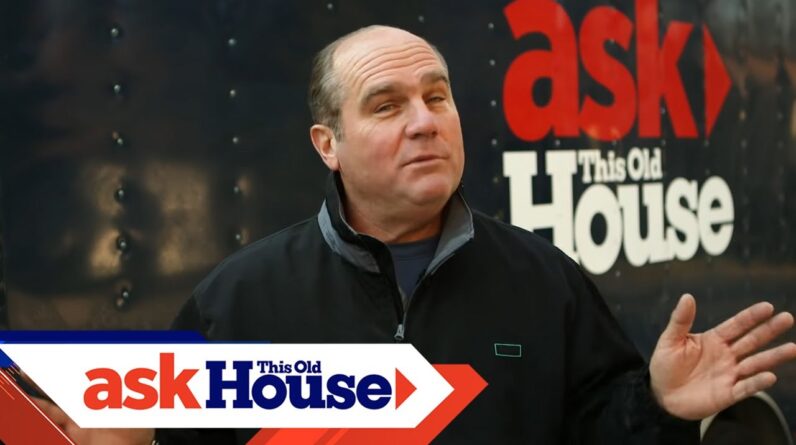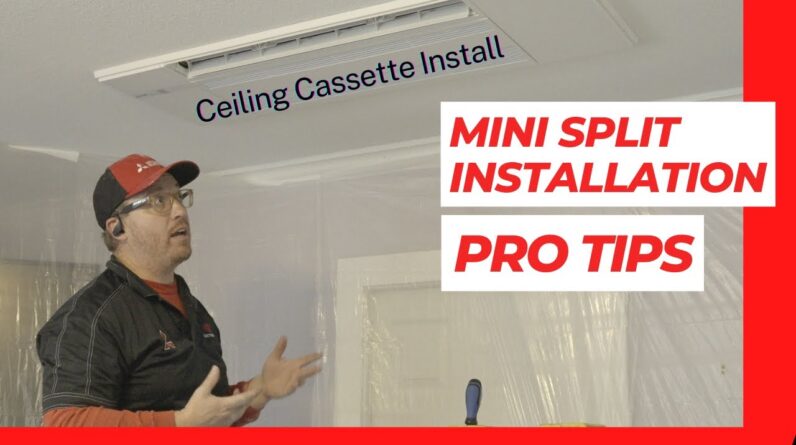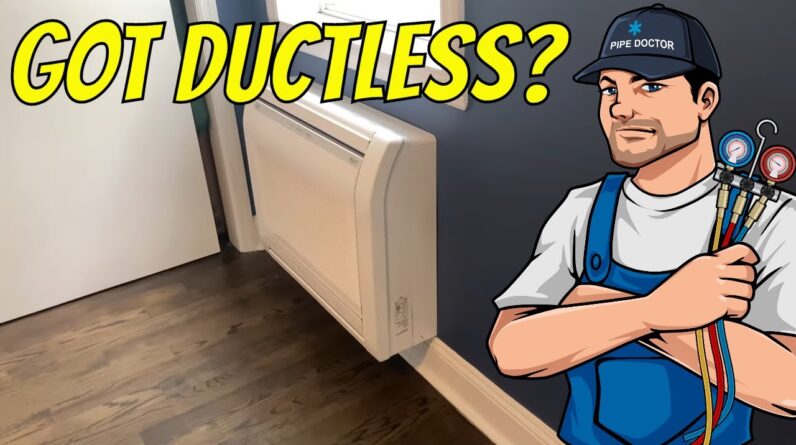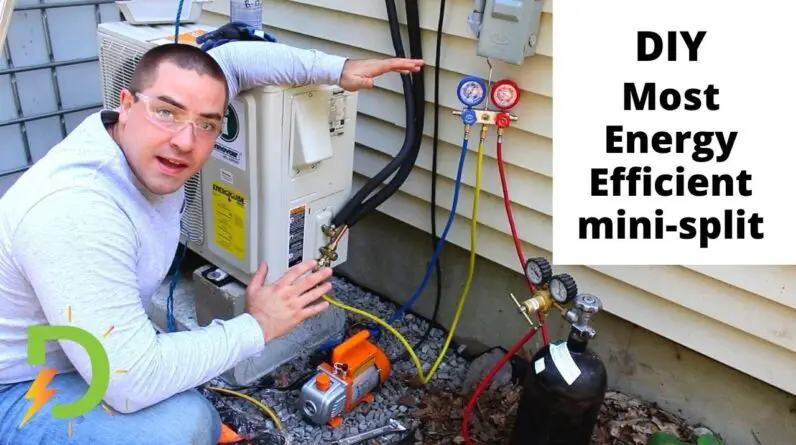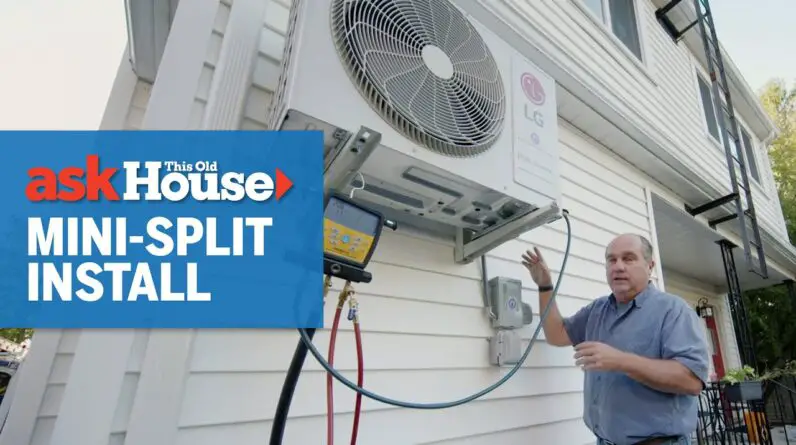How Efficient are Mini Splits for Heating?
Last summer, we installed two Mini Splits for air conditioning and heating, and I was curious about how much more efficient they are compared to traditional electric heating. With multiple temperature sensors, a homemade anemometer, and monitoring our power meter, I found that our electricity use has been significantly less this year than last year for the same outside temperature.
Defrosting the Mini Splits
The Mini Splits worked well during the fall, but when the temperature dropped to around freezing, I noticed that the outside unit was icing up. The unit is supposed to defrost itself once the coils have iced up. Since the defrost wasn’t working as expected, I manually set it to maximum air conditioning to warm up the outside coil and melt the ice. The performance of the unit in terms of heat output per energy used before and after the defrost wasn’t much different, indicating that it still works even when caked with ice.
Why Does the Defrost Method Matter?
As the temperature continues to drop, the Mini Split undergoes more defrost cycles, which use a significant amount of energy. By monitoring our power consumption over three months, we can determine how efficient the Mini Splits have been.
Performance of Mini Splits Compared to Traditional Electric Heating
Comparing our electricity usage from last winter to this winter, we can see a significant reduction in electricity consumption, thanks to the Mini Splits. On average, our Mini Splits used about half as much electricity as traditional electric heating.
Additionally, our house has been consistently warmer this year than it was the previous year, ensuring a comfortable living environment.
Efficiency as Temperature Drops
Analyzing the data we collected, it appears that the savings in electricity usage increase as the average daily outside temperature decreases, up to a certain point. However, this downward trend is expected to reverse when the daily average temperature reaches around -20°C, though such extreme temperatures are rare in our location.
The Role of Relative Humidity
One factor that affects the performance of our Mini Splits is relative humidity. When the humidity is low, the calculated coefficient of performance (COP) is higher and more consistent. As humidity increases, the COP tends to be more erratic and often lower. This is likely due to the increased frequency of defrost cycles, which consume more energy and reduce overall efficiency.
Conclusion: Are Mini Splits Worth It?
Based on our experience and data analysis, Mini Splits heat our home with about half the electricity consumption of traditional electric heaters, making them a more cost-effective heating option in areas where electricity is relatively cheap compared to natural gas.
Additionally, Mini Splits also serve as an air conditioning system, which is a bonus. In conclusion, Mini Splits are a worthwhile investment, provided they remain reliable and functional.

